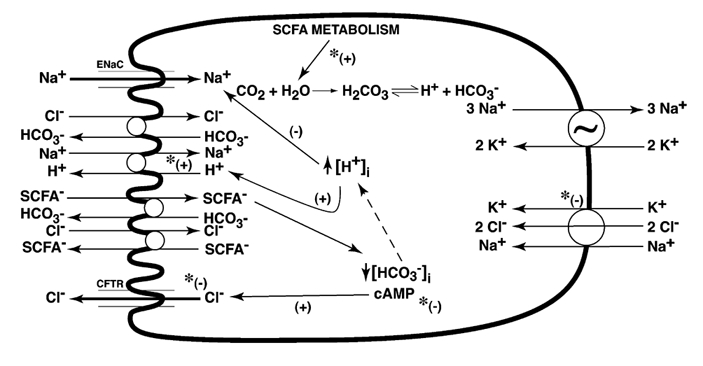Figure 2. Conceptual diagram of active Na+ and Cl− transport in mammalian colonic epithelium.

Possible transporters involved are shown, but not all are present in the same cell (e.g. rabbit distal colon lacks Na+-H+ exchange and Cl−-HCO3− exchange, while rat distal colon lacks Na+ channel). Na+-H+ exchange may be coupled to Cl−-HCO3− exchange, or independently coupled to SCFA−-HCO3− and Cl−-SCFA− exchanges (Rajendran & Binder, 1994). Butyrate absorption into the cell may occur via non-ionic diffusion, and dissociation of butyrate within the cell may increase intracellular H+ ([H+]i) with stimulation of Na+-H+ exchange. Butyrate−-HCO3− exchange (Mascolo et al. 1991) across the apical membrane will also increase [H+]i and stimulate Na+-H− exchange across the apical membrane. Increased [H+]i will also inhibit Na+ absorption via Na+ channels (Chalfant et al. 1999). Cl− secretion involves Cl− channels at the apical membrane, and Na+-K+-2Cl− cotransporter activity and sodium pump activity in the basolateral mambrane. Inhibition of Cl− secretion by butyrate may occur at any of these levels. Butyrate also inhibits cAMP generation by colonic epithelium (Krishnan et al. 1999). *Potential levels at which butyrate may potentiate (+) or inhibit (-) processes that eventually affect net Na+ transport.
